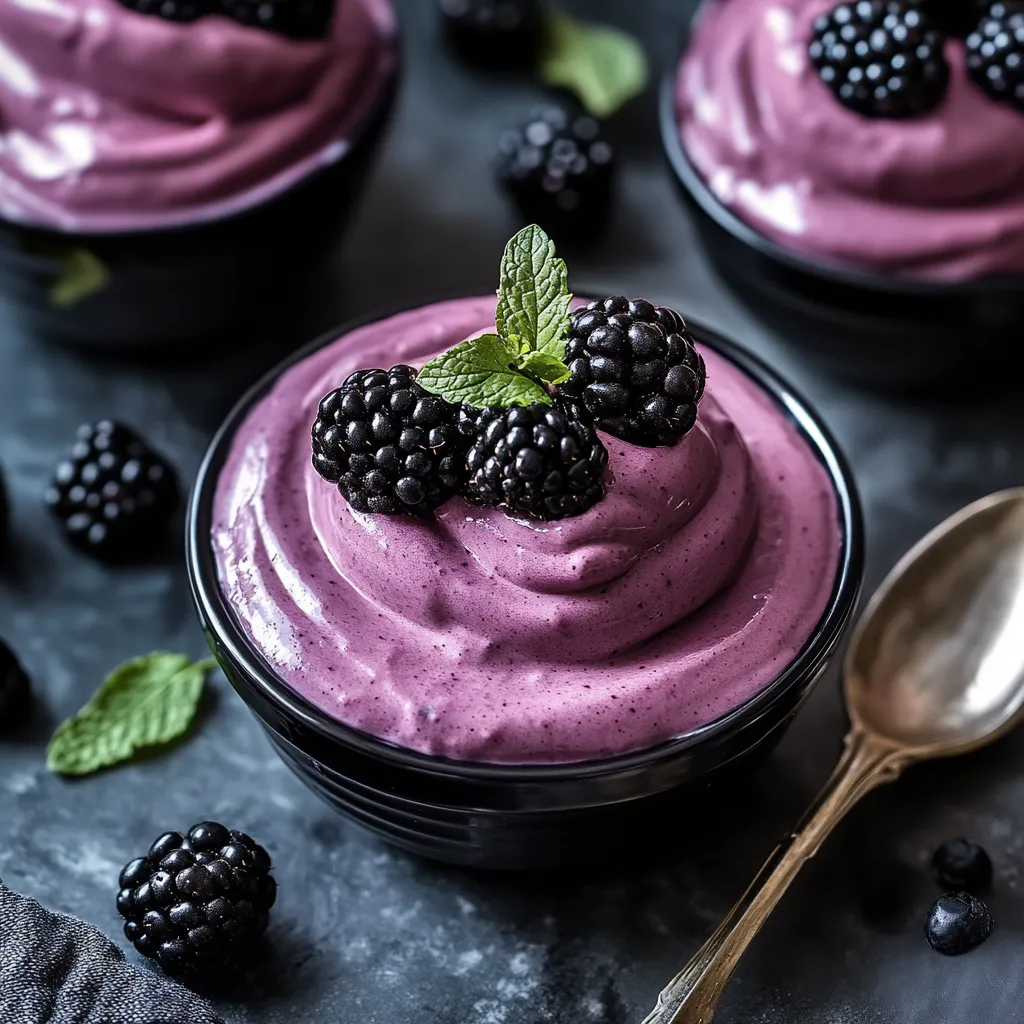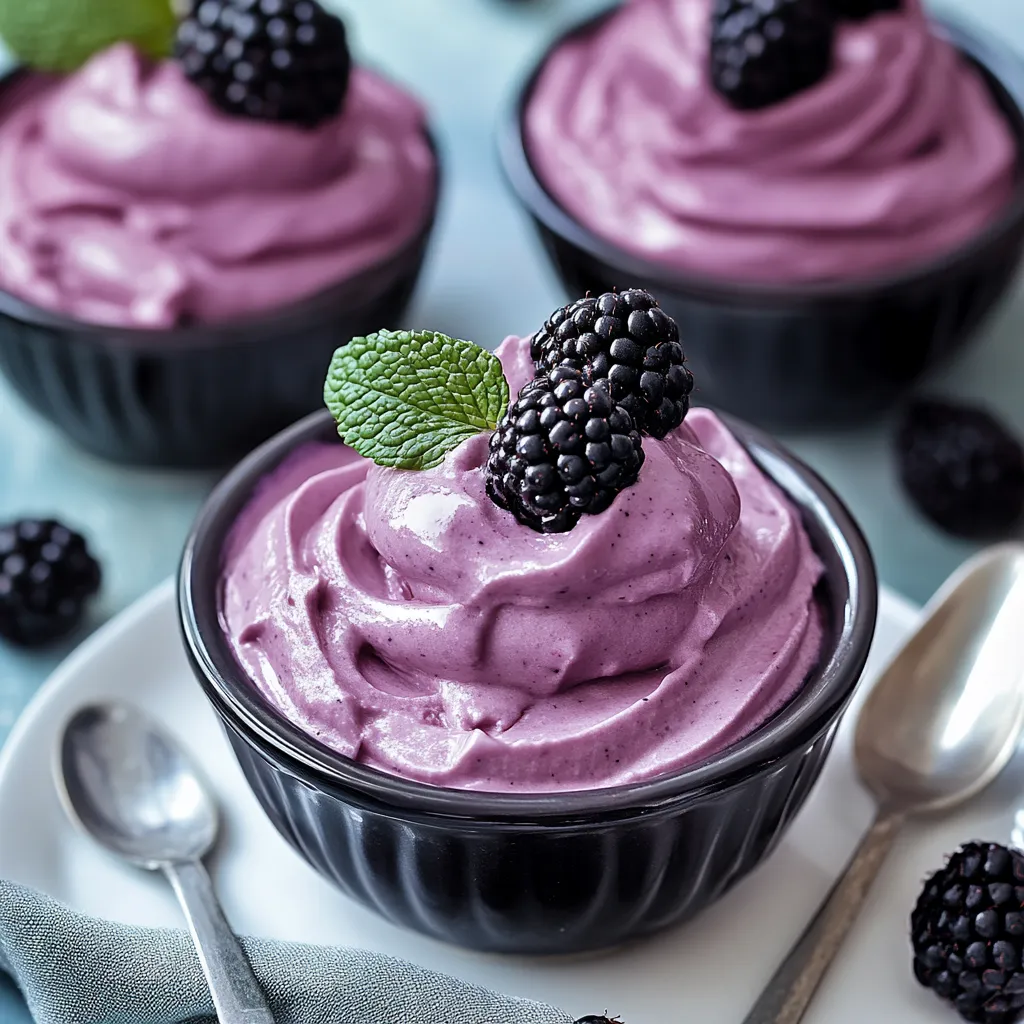 Pin it
Pin it
Ukrainian honey babka holds a special place in my heart, evoking memories of family gatherings and homemade treats that fill the kitchen with the irresistible scent of honey and spices. This traditional Ukrainian dessert features a perfectly fluffy texture that strikes an ideal balance between moist and light, creating a sponge cake experience unlike any other. While often prepared for Easter celebrations in decorative molds, this versatile treat works beautifully as a simple sheet cake, making it accessible for enjoyment throughout the year.
I first attempted this recipe during winter when comfort foods called my name. The magical transformation of basic pantry staples into something so uniquely delicious captivated me immediately. My kitchen filled with a honey aroma that brought my entire family running to investigate what delightful creation was emerging from the oven.
Exceptional Ingredients
- Eggs: Select fresh, room-temperature eggs for maximum volume when beaten, creating the distinctive airy texture
- Honey: Choose high-quality, natural honey for authentic flavor depth that forms the backbone of this traditional dessert
- Sour cream: Provides subtle tanginess and moisture that perfectly balances the sweetness while ensuring tenderness
- Vinegar: Creates a reaction with baking soda that generates perfect leavening for that signature spongy texture
While shopping for ingredients, I always prioritize selecting pure, unfiltered honey with its complex floral notes. The difference between standard processed honey and artisanal varieties becomes immediately apparent in the finished babka. During one memorable baking session, I discovered a local wildflower honey that elevated this humble dessert into something truly extraordinary.
 Pin it
Pin it
Babka Creation Process
- Preparation:
- Preheat your oven thoroughly to ensure consistent temperature throughout baking. Line your baking sheet meticulously with parchment, allowing slight overhang for easy removal later.
- Batter foundation:
- Whip eggs, sugar and salt together until the mixture lightens noticeably in color. This incorporation of air provides the structural foundation for your perfect babka texture.
- Chemical magic:
- Combine baking soda with vinegar in a separate container, watching for the fascinating fizzing reaction that creates carbon dioxide bubbles. This natural leavening agent works wonderfully with honey-based batters.
- Honey integration:
- Warming your honey slightly increases its pourability, ensuring even distribution throughout the batter without requiring excessive mixing.
- Gentle incorporation:
- Add the fizzy baking soda mixture, warmed honey, and sour cream with minimal mixing. Overmixing at this stage would compromise the delicate texture you're building.
- Flour addition:
- Sift flour gradually into the wet ingredients, using the lowest speed possible just until incorporated. The batter should maintain some airiness while appearing somewhat loose.
- Baking perfection:
- Pour batter carefully into the prepared pan, using a light touch when leveling to preserve air bubbles. Monitor closely during baking, looking for golden edges pulling slightly from the sides.
- Cooling strategy:
- The double-flip technique onto cooling rack then cutting board prevents moisture condensation while preserving the delicate crumb structure.
My grandmother taught me this recipe when I was barely tall enough to reach the counter. She emphasized patience during the mixing process, explaining that gentleness preserves the delicate network of air bubbles essential for proper texture. Years later, I still hear her voice reminding me not to rush this process, especially when folding in the flour.
Historical Context
Ukrainian babka traces its origins back centuries, representing the intersection of practical baking techniques and celebratory traditions. Historically reserved for special occasions due to the precious nature of honey, this dessert symbolizes sweetness and prosperity in Ukrainian culture. The name 'babka' literally translates to 'grandmother,' honoring the matriarchs who traditionally prepared these treats using closely guarded family recipes.
Nutritional Benefits
The natural sweetness from honey provides complex carbohydrates that release energy more steadily than refined sugars. Eggs contribute high-quality protein and essential nutrients including choline, which supports brain health and development. Traditional recipes using minimal processing preserve more nutritional value than many contemporary commercial desserts.
Professional Tips
Allow all refrigerated ingredients to reach room temperature before beginning for optimal incorporation and volume. The sound of your mixer changes subtly when eggs and sugar reach perfect ribbon stage, indicating readiness for the next ingredients. When checking for doneness, look for golden edges pulling slightly from the sides in addition to the toothpick test.
 Pin it
Pin it
My final thoughts on this traditional Ukrainian honey babka center on its remarkable simplicity yielding such complex satisfaction. The balance of textures and flavors creates an experience that transcends its humble ingredients. Whether served as an everyday treat or centerpiece for special gatherings, this recipe connects us with generations of Ukrainian bakers who understood that sometimes the most straightforward preparations deliver the most profound pleasure. Each time I bake this babka, I feel that connection strengthening, preserving cultural heritage through the universal language of shared food traditions.
Frequently Asked Questions
- → Can I use frozen blackberries instead of fresh?
- Yes, frozen blackberries work perfectly in this mousse recipe. Thaw them completely before cooking, and drain any excess liquid that's released during thawing. You may need to cook them for 1-2 minutes less since they'll already be softer than fresh berries. The flavor will be just as delicious, making this dessert an option year-round when fresh blackberries aren't in season.
- → Why do I need to strain the blackberry puree?
- Straining the blackberry puree removes the numerous seeds that would otherwise create an unpleasant texture in your smooth mousse. Blackberries have relatively large, hard seeds that would disrupt the silky mouthfeel that makes mousse so luxurious. The straining step also helps create that beautiful, uniform color and consistency that makes this dessert so appealing.
- → Can I make this mousse ahead of time?
- This Blackberry Mousse is perfect for making ahead! You can prepare it up to 3 days in advance and keep it covered in the refrigerator. In fact, the flavors often develop and improve after the first day. Just add the fresh garnishes right before serving for the best presentation. This make-ahead capability makes it ideal for dinner parties or holiday gatherings.
- → My mousse isn't firm enough. What went wrong?
- If your mousse is too soft, there are a few possible causes. First, the heavy cream might not have been whipped to stiff enough peaks before folding in the blackberry puree. Second, the blackberry puree may have been too warm when added to the cream, causing it to deflate. Make sure the puree cools completely to room temperature. Lastly, the ratio might be off - too much puree compared to whipped cream can make the mousse too loose. Chilling the mousse longer can sometimes help it firm up.
- → Can I substitute other berries in this recipe?
- This mousse recipe works beautifully with other berries too! Raspberries are the closest substitute and would require no recipe adjustments. Strawberries and blueberries also work well, though you might need to adjust the sugar slightly as their sweetness levels differ from blackberries. Mixed berries create a wonderful flavor profile too. Just follow the same cooking and straining process regardless of which berries you choose.
